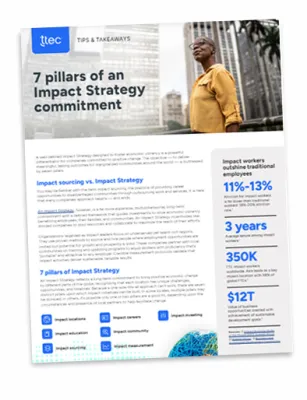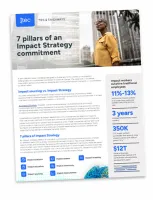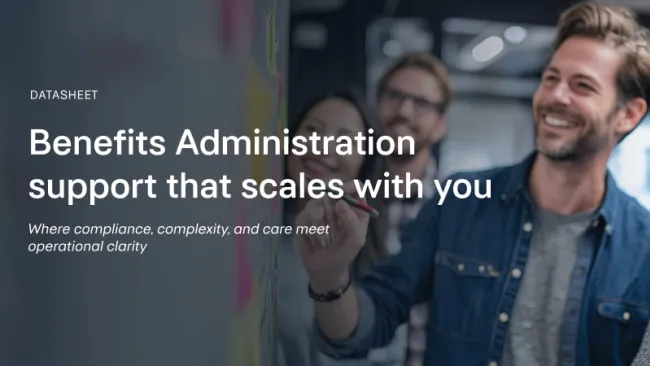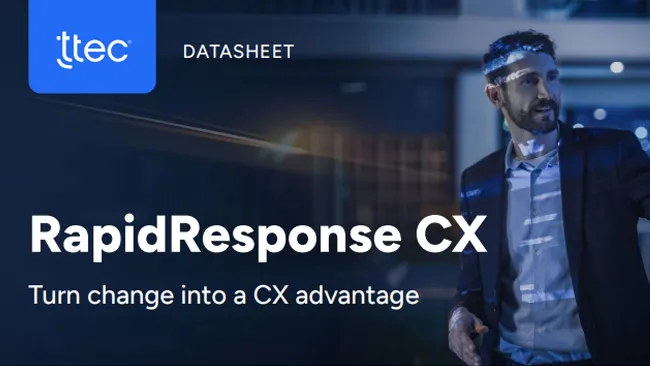Open enrollment has become a make-or-break time for insurers. Besides the pressure and competition to entice and enroll members in individual, family, Medicare, and other plans, the process to prepare and staff for the season is full of rising costs and inefficiencies. Companies essentially restart the process each year, accruing higher costs every time. Licensed, U.S.-based associates are legally required to assist consumers in their choices of health insurance, which can be expensive and hard to staff in different geographies.
Annual enrollment on average requires a 600 percent increase in staffing levels compared to the rest of the year. It can cost some payers up to $5,000 to license an associate across all 50 states. Finding the right people in a specific geography and ramping up the physical space to house all those associates are difficult challenges. What’s more, it can take 90 days for new licensed associates to reach proficiency.
Once hired, trained, and placed in a live environment, these highly trained expert associates often spend up to 35 percent of their time handling misdirected calls from people who see the enrollment phone number and call about something else, like a claim question.
Instead, payers can reimagine their open enrollment preparation and operations to not only save costs, but also lead to better conversions and other outcomes. It’s an approach we at TTEC call “Smart Seasonal.”
TTEC’s Smart Seasonal approach hires and trains a mix of onshore, offshore, and @home employees, then manages call flow to deflect non-sales calls to lower-cost, pre-sales support channels.
Associates are hired full time, to be utilized in different ways and on full- and part-time schedules throughout the year. This leads to tenured, expert associates who can work with consumers more effectively.
As a result, average handle time and wait times decrease, while sales conversions improve.
4 pillars to exceed open enrollment performance goals
1. Find the right labor mix
With U.S. unemployment below 4 percent and hourly wage growth up 19 percent in the past six years, it’s hard to find and keep good labor without investing in workers. Yes, licensed onshore associates are required, but not for everything. The right combination of markets and staffing structure can help meet the labor challenge and optimize results.
Offshore resources and self-service options can remove some of the burden from onshore licensed associates for simple service inquiries that do not require a license. These associates can manage a large portion of interactions and can qualify true sales inquiries that are then sent to licensed, U.S. employees.
The U.S. workforce model can also be adjusted to be a hybrid of brick-and-mortar and @home associates. The model allows associates to be staffed all year, which reduces annual ramp and training requirements and improves knowledge and expertise. Home-based workers are more likely to be interested in a flexible schedule, working full time during open enrollment periods and part time the rest of the year. They are more likely to become experts and more effectively drive conversions by as much as 36 percent.
2. Invest in an optimal people strategy
The secret weapon of any company is its people. The best people provide the best member experiences. That’s why it’s important to invest strategically in the right wage structure and engagement approach to lower attrition and deliver higher performance.
A Smart Seasonal approach recommends investing in higher wages for U.S.-based, licensed associates. It will be a tighter, nimbler group of employees who are focused on complex sales-related interactions. Higher wages will attract and retain high performers, saving costs in the long run on talent acquisition and training.
So what’s the correct wage range? It’s different for each company, based on multiple factors like geography, competition, and even job level stress. Our healthcare experts work with individual payers to help determine the wage sweet spot for each situation.
In addition to wages, we recommend payers execute an integrated engagement strategy for onshore, offshore, and @home workers. It should be a holistic approach to the member experience, not siloed groups working on their own.
3. Empower associates to drive conversions
The right tools and processes can supercharge open enrollment outcomes. The Smart Seasonal approach uses advanced knowledge management tools as the foundation to help associates find the most appropriate information at the right moment.
Call flows are modified to focus on conversions, scripts are regularly updated based on call history insights, and real-time sales coaching uses analytics and 360-degree associate understanding to boost strong skills and improve weak ones.
4. Implement technology to accelerate results
While associates are the experience, the right technology removes friction from both sides of the interaction.
For members, customized quote microsites help steer open enrollment inquiries to self-service tools. The sites are shared with prospective members after the initial contact with an associate. Members are greeted with a site that includes a sales associate’s photo and contact information, as well as details about insurance plans discussed and instructions for signing up. In addition, co-browse and omnichannel capabilities empower consumers in their chosen channel. And call-back assist tools shorten customer wait times and improve NPS.
For associates, insight from voice analytics helps to refine interactions and deliver improved outcomes. TTEC’s Associate Assist puts information in the associate’s hands in real time to drive CX and efficiency. And our RealPlay AI proprietary learning program uses AI bots for digital, simulated learning in a gamified environment.
This mix of human and digital technology creates a perfect balance of positive member experience and streamlined operations.
Get smart about seasonal strategy to open enrollment
Every year, it costs more to convert fewer health insurance prospects. The current approach to open enrollment isn’t sustainable. A Smart Seasonal approach requires some disruption to the ways things have traditionally been done. Changes made to associate staffing, training, and licensing can alleviate inefficiencies and allow associates to focus on what they do best while improving the experience for members. By taking best practices from other industries and applying them to health insurance, improvements are possible, even within a highly regulated industry like insurance.
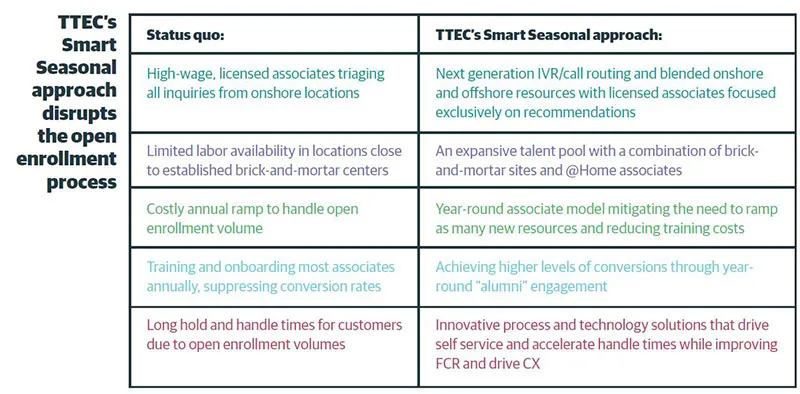
Smart Seasonal at work
Challenge:
A regional health plan offering individual, family, and Medicare plans in 10 states faced a worker shortage as it prepared for 2018’s open enrollment season. Executives found it difficult to find expert employees for part-time work at a low wage in specific locations. Rather than just raise wages and hope for the best, it embarked on a Smart Seasonal strategy that took into account innovations in people, process, and technology.
Solution:
For the first time, the company used a highly skilled yet cost-effective offshore pre-sales workforce for initial open enrollment inquiries and qualifications. This reduced the need for as many licensed, U.S.-based sales associates, for whom the company raised wages. It retained some brick-and-mortar employees from the previous year, but prioritized the recruitment of @home associates for new positions from around the country.
Sales associates could focus more on selling, which they did with the help of technology for training and member experience. Customized quote information was delivered via microsite, which included associate photos and instructions to complete the enrollment process via self-service or contact the associate to help finalize the process. Callback assist allowed prospective members to receive a call when it was their turn to speak to an associate, rather than wait on hold. And for associates, a robust knowledgebase and real-time coaching helped enable dynamic improvements to call flow and sales processes.
Results:
As a result, cost per enrollment decreased by up to 45 percent from 2017’s open enrollment period. And while the company faced stiffer competition from other payers in the markets it served, it saw a 73 percent increase in enrollment rates among Medicare members. What’s more, sales conversions jumped by 29 percent from the previous year.


